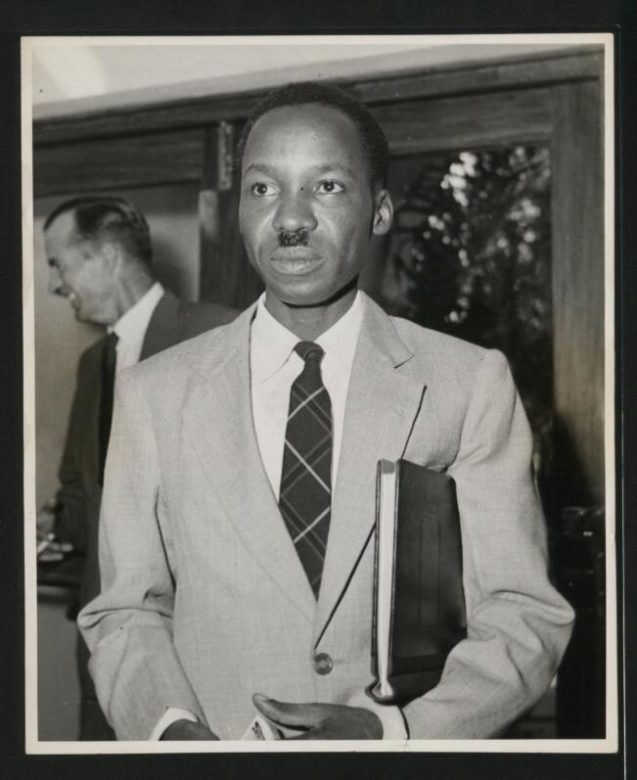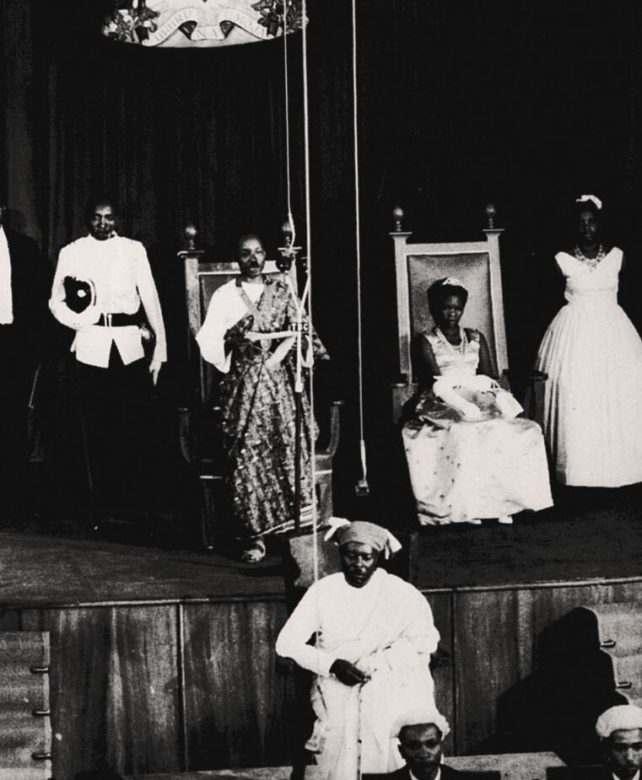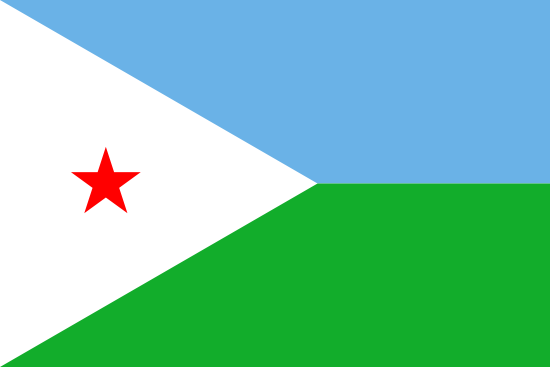History of Tanzania
Tanzania’s location in geographical proximity to the Arab world and to the countries surrounding the Indian Ocean means that the country has a rich and varied history, with a variety of cultural influences.
The story also begins very far back in time. Some of the oldest hominids, early relatives of today’s people, are found in the Olduvai Gorge, north of Tanzania. Historians assume that the area that is today Tanzania was populated by Khoisan people 10,000 years ago. Between 3000 and 6000 years ago, Kushite peoples came from the north and brought agricultural technology with them. Around 2000 years ago, bantu came from the west. The Khoisan people were gradually absorbed into the new peoples.
The Portuguese explorer Vasco da Gama came to the east coast of Africa in 1498. On his way to India, the Portuguese were looking for gold and spices, and wanted to convert Muslims to Christianity. Portugal surrendered Zanzibar in 1503, but made little attempt to travel across the African continent.
In 1698, the Portuguese lost control of Zanzibar to Oman. In 1840, Sultan Seyyid Said Oman’s capital moved from Muscat to Zanzibar city, introducing carnation plantations that are important to the Zanzibar economy to this day. During this period, Zanzibar became the center of the East African trade routes. It was traded with slaves, spices and ivory. In 1889, the Sultan signed an agreement to abolish the slave trade. Throughout the 19th century, several Europeans traveled to explore the African continent via the East African trade routes. The best known was the Scottish missionary David Livingstone.
Tanganyika was not a political entity until the colonial period. Inland, a number of different peoples lived in larger and smaller political units. Along the west bank of Lake Victoria lay a number of small kingdoms. In 1885, Germany established a protectorate in East Africa. The Sultan of Zanzibar protested, but had little to contend with against German military power. Germany and Britain divided East Africa between them, and the area that is now mainland Tanzania became part of the German East Africa colony, while Zanzibar became British protectorate in 1890. After World War I, the United Kingdom (in 1920) was mandated by the League of Nations to take over the administration of former German East Africa, and renamed it Tanganyika territory.
Julius Nyerere, Tanganyika’s first prime minister after independence in 1961. Since then, he became Tanzania’s first president when Tanganyika and Zanzibar merged into a republic in 1964.
In 1954, teacher Julius Nyerere founded the Tanganyika African National Union (TANU) party. On December 9, 1961, Tanganyika became independent, with Nyerere as president. Zanzibar gained independence from the British on December 10, 1963. On January 12, 1964, a revolution was carried out on Zanzibar. Estimates of the number of people killed are disputed and range from hundreds to 20,000. These were mainly people of Arab and Indian origin. The Sultan and his family escaped from the islands. After the revolution, the leader of the Afro-Shirazi Party, Abeid Karume, created Zanzibar’s first government.
On April 26, 1964, Karume and Nyerere signed an agreement to unite Zanzibar and Tanganyika into a union. On October 29 of that year, the new country took the name of the United Republic of Tanzania. Nyerere became the first president of the republic. Inspired by Marxism and by fear of ethnic contradictions, Nyerere made Tanzania a one-party state. Although Nyerere’s education and health services improved, he left one of the world’s poorest countries when he resigned as president in 1985.
In 1961 Tanganyika became independent, led by Julius Nyerere. The picture shows Nyerere giving his first speech in parliament as president of the new republic. To his right sits his wife, Maria Nyerere.




